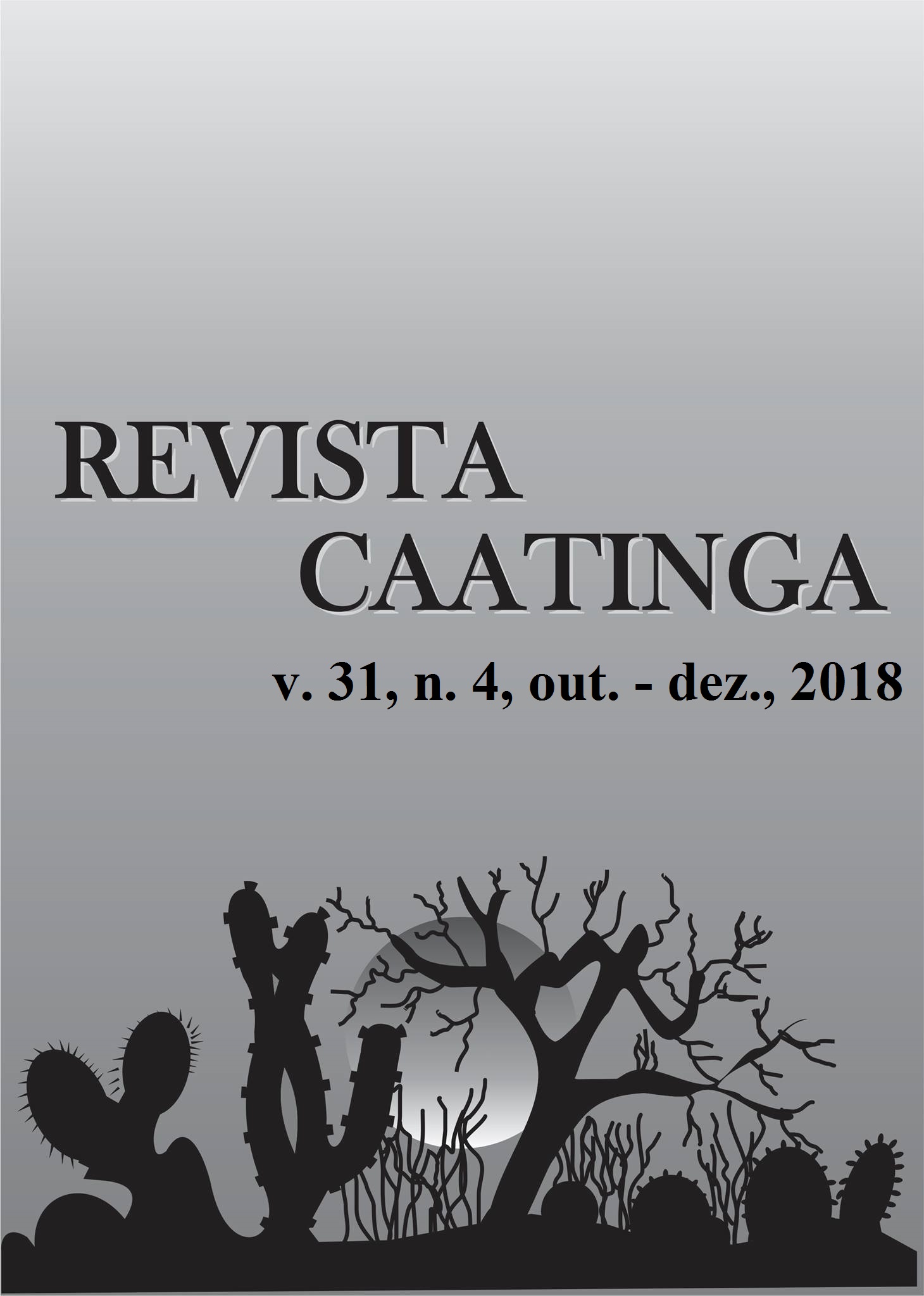DYNAMICS OF HERBACEOUS VEGETATION IN CAATINGA MANIPULATED WITH GRAZING EXCLUSION UNDER PHOSPHATE FERTILIZATION
DOI:
https://doi.org/10.1590/1983-21252018v31n426rcKeywords:
Floristic composition. Forage mass. Semiarid.Abstract
The semi-arid region accounts for about 70% of the surface area of the Brazilian northeast, and the most important forage resource is the Caatinga, covering approximately 54% of this region. However, about 40% of this vegetation is in secondary succession. The areas in the process of degradation range from low to severe intensity, and total more than 20 million hectares, reflecting the intense use of the land, such as the overgrazing. The objective of this study was to evaluate the influence of different doses of phosphorus (0, 50 and 100 kg P2O5 ha-1 year-1) on the dynamics of herbaceous vegetation at different times of the year, in a Caatinga area manipulated without grazing for four years. The experiment was conducted at the Serra Talhada-UFRPE Academic Unit during the years 2015 and 2016. We used a randomised block design with three blocks and four replicates per block. Phosphate fertilisation in grazing exclusion areas promoted an increase in forage mass of the enriched Caatinga herbaceous stratum at all evaluation times, especially in the dry season of 2016, which showed values above the average of 7950 kg DM ha-1. In addition, it promoted an increase in the participation of buffelgrass in the floristic composition, increasing its involvement in the area to around 74% at the maximum dose of phosphorus used. Thus, phosphate fertilisation at up to 100 kg of P2O5 ha-1 year-1, together with grazing exclusion, can help to recover the Caatinga enriched with buffelgrass and optimise its use by reducing the formation of new grazing areas in the Caatinga.
Downloads
Downloads
Published
Issue
Section
License
Os Autores que publicam na Revista Caatinga concordam com os seguintes termos:
a) Os Autores mantêm os direitos autorais e concedem à revista o direito de primeira publicação, com o trabalho simultaneamente licenciado sob a Licença Creative Commons do tipo atribuição CC-BY, para todo o conteúdo do periódico, exceto onde estiver identificado, que permite o compartilhamento do trabalho com reconhecimento da autoria e publicação inicial nesta revista, sem fins comerciais.
b) Os Autores têm autorização para distribuição não-exclusiva da versão do trabalho publicada nesta revista (ex.: publicar em repositório institucional ou como capítulo de livro), com reconhecimento de autoria e publicação inicial nesta revista.
c) Os Autores têm permissão e são estimulados a publicar e distribuir seu trabalho online (ex.: em repositórios institucionais ou na sua página pessoal) a qualquer ponto antes ou durante o processo editorial, já que isso pode gerar alterações produtivas, bem como aumentar o impacto e a citação do trabalho publicado (Veja O Efeito do Acesso Livre).







